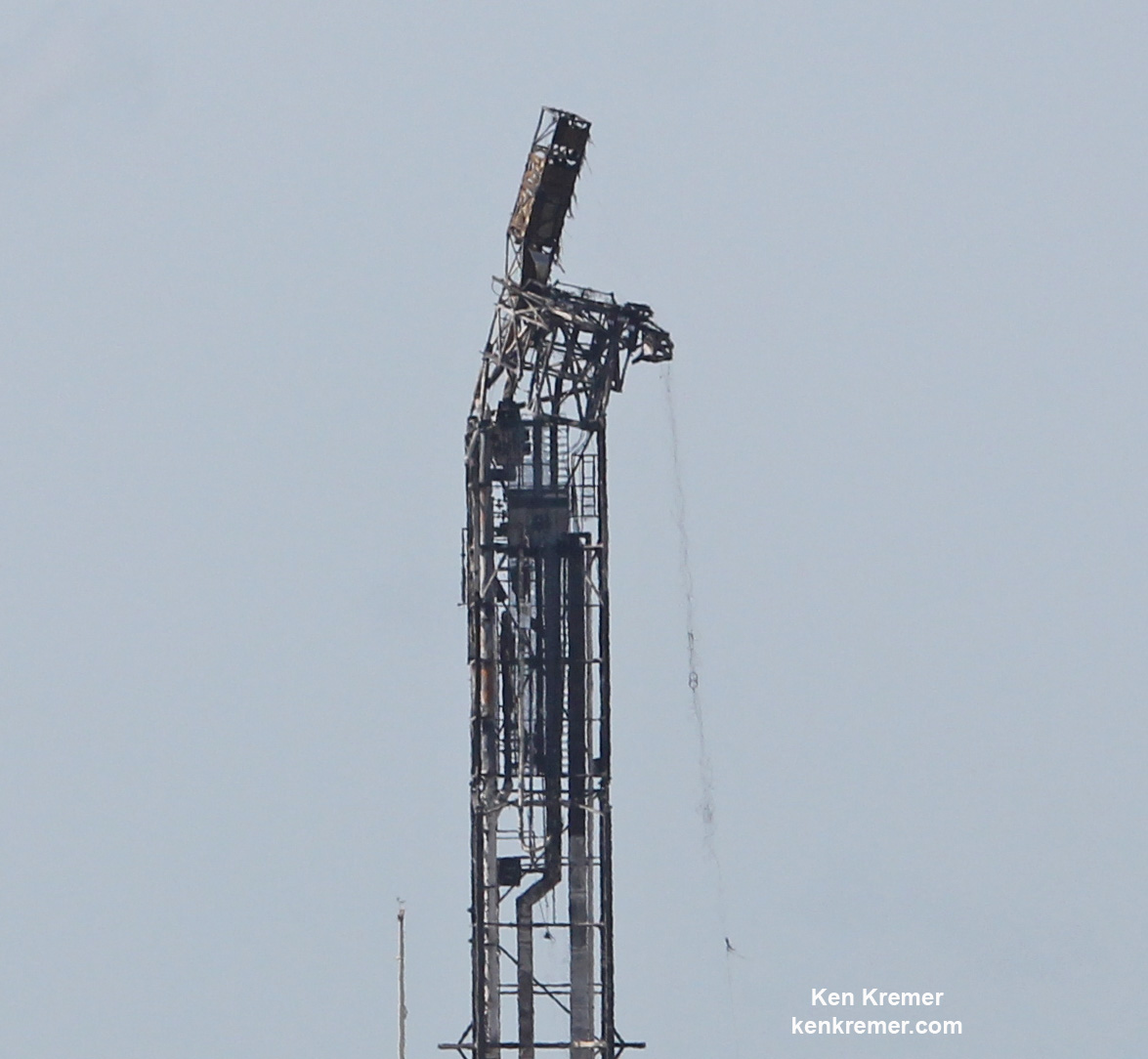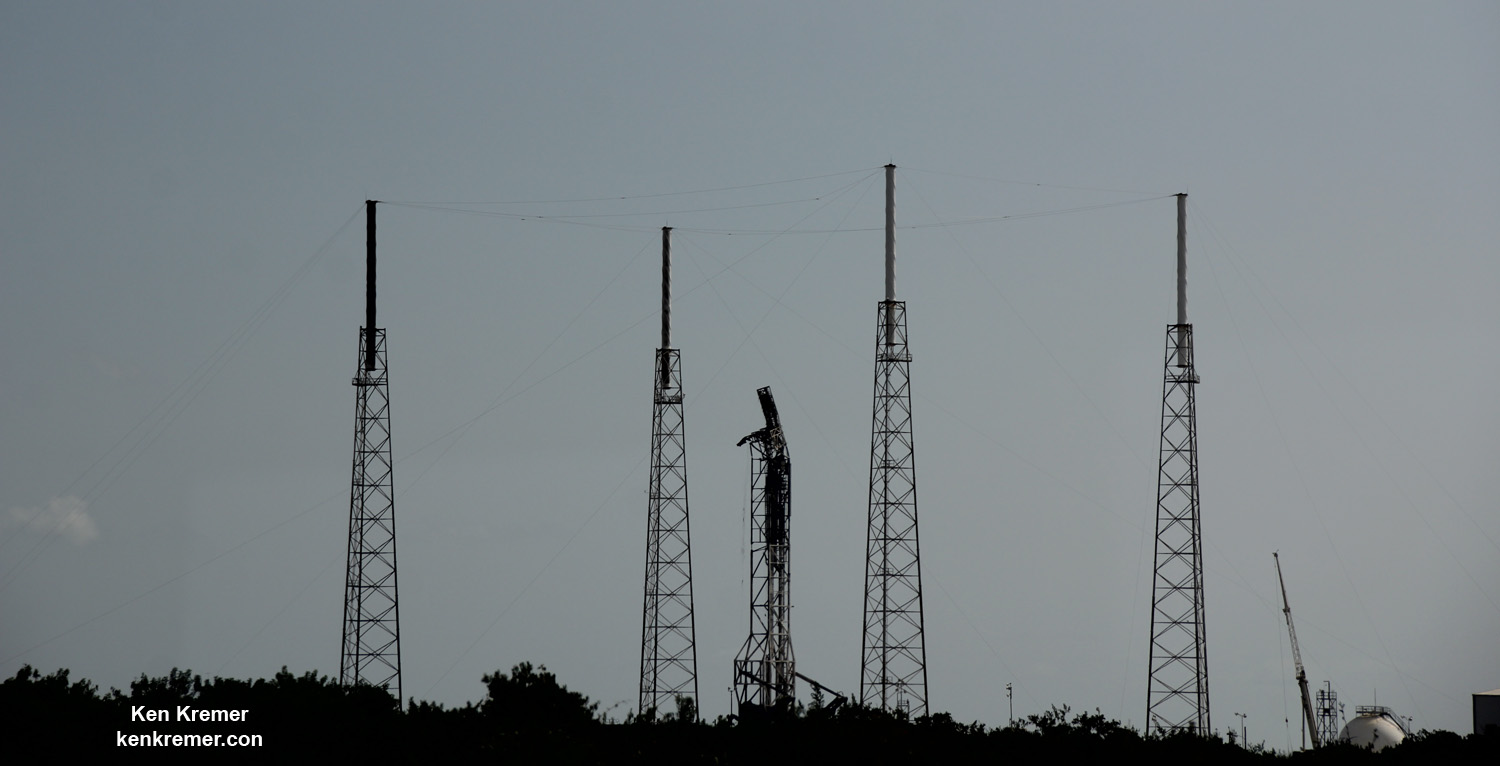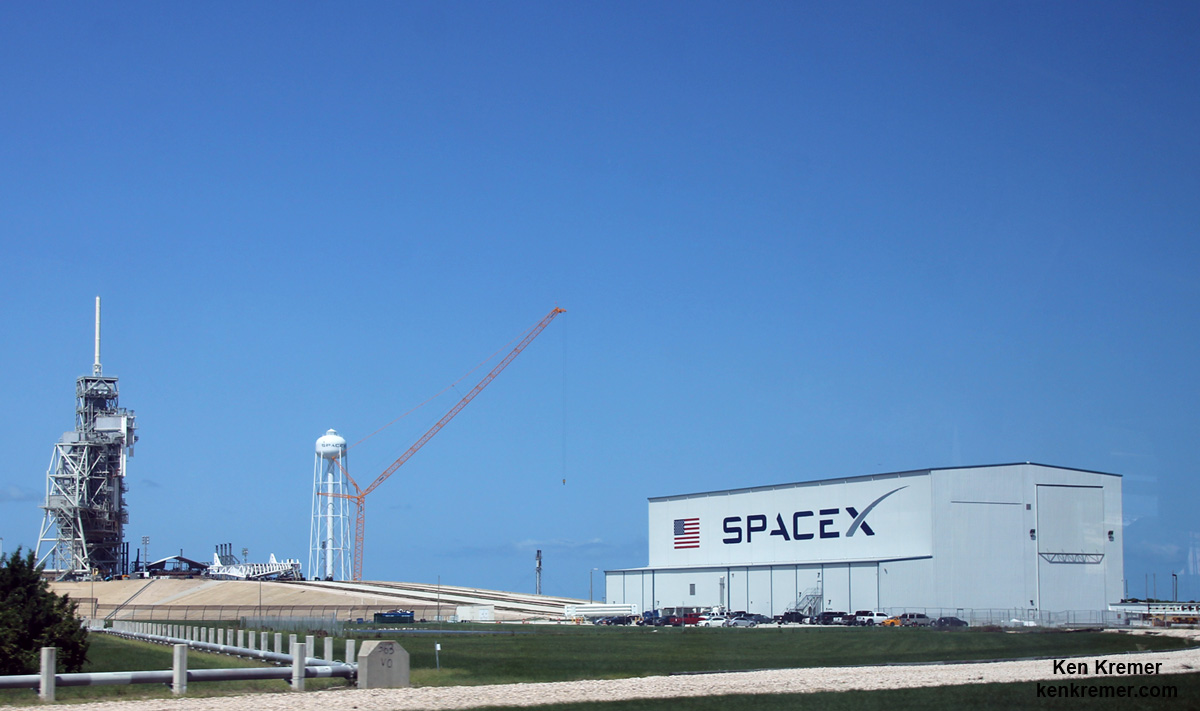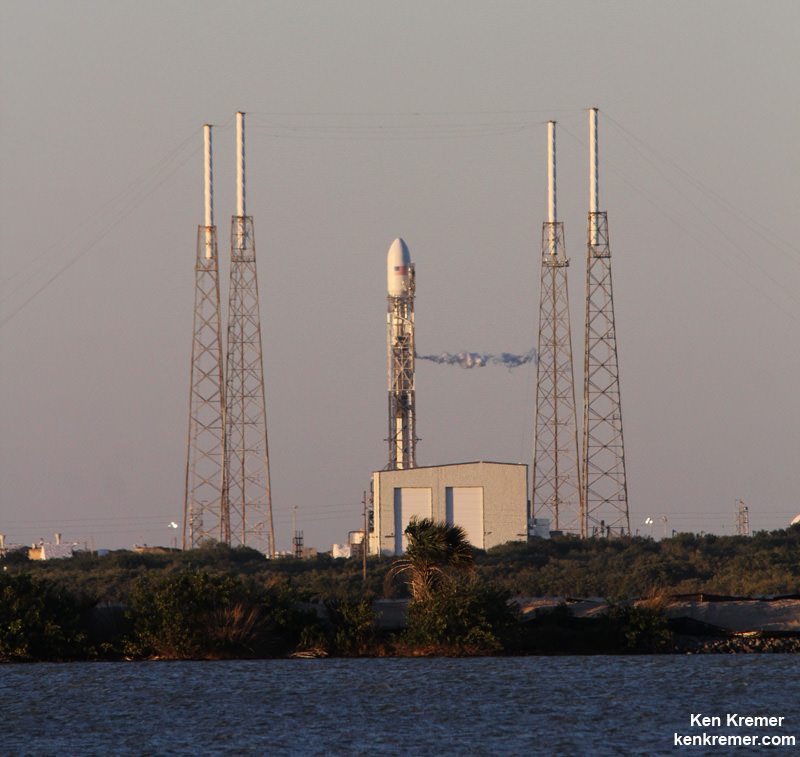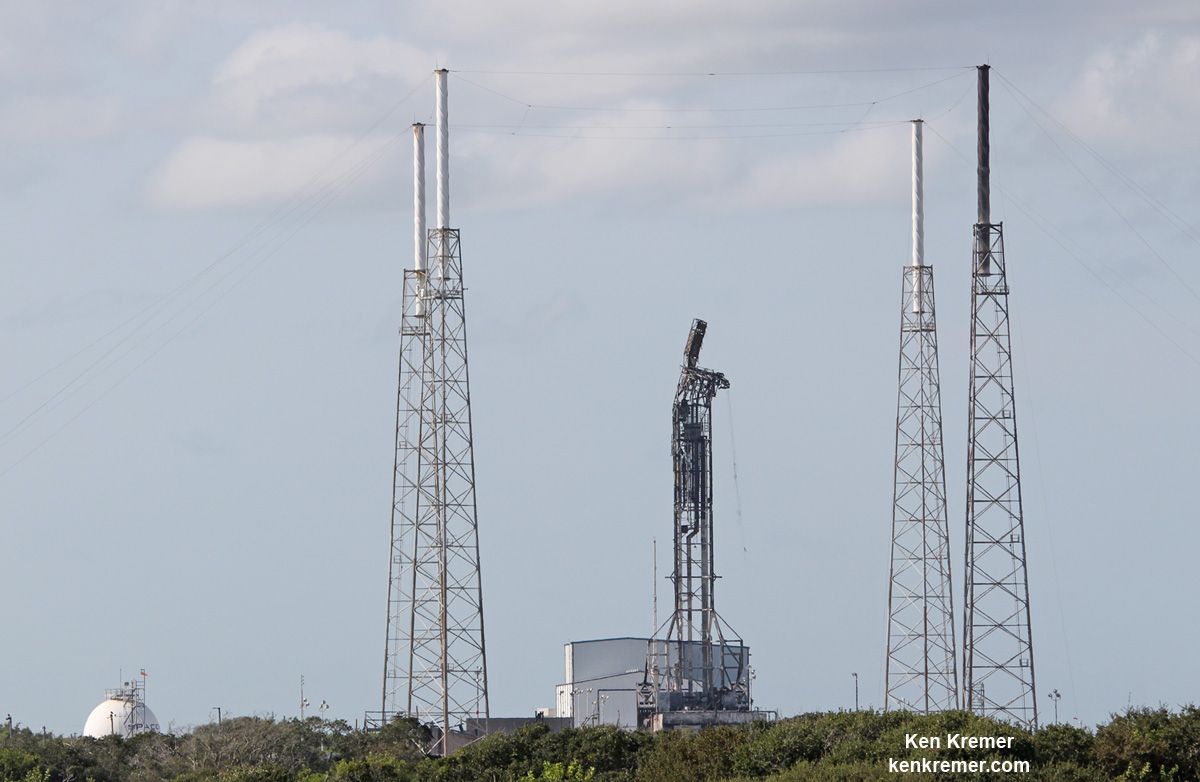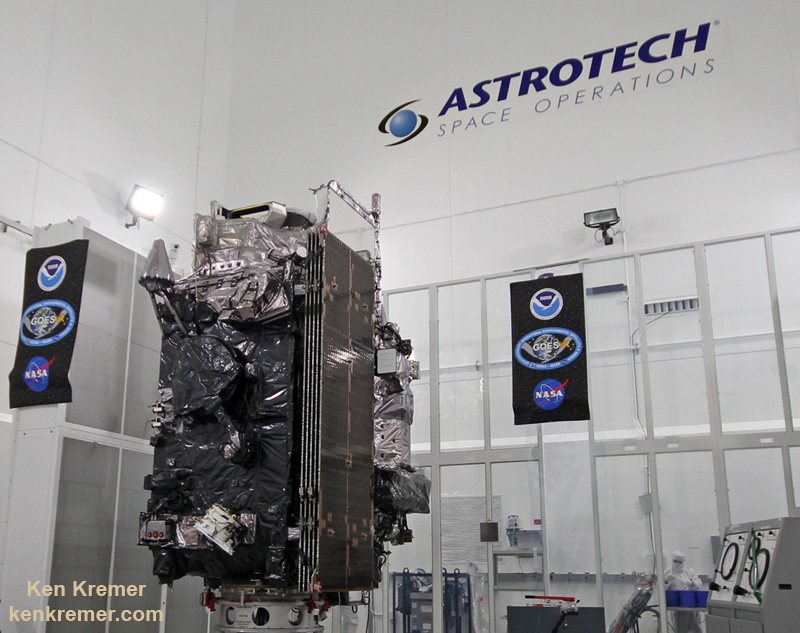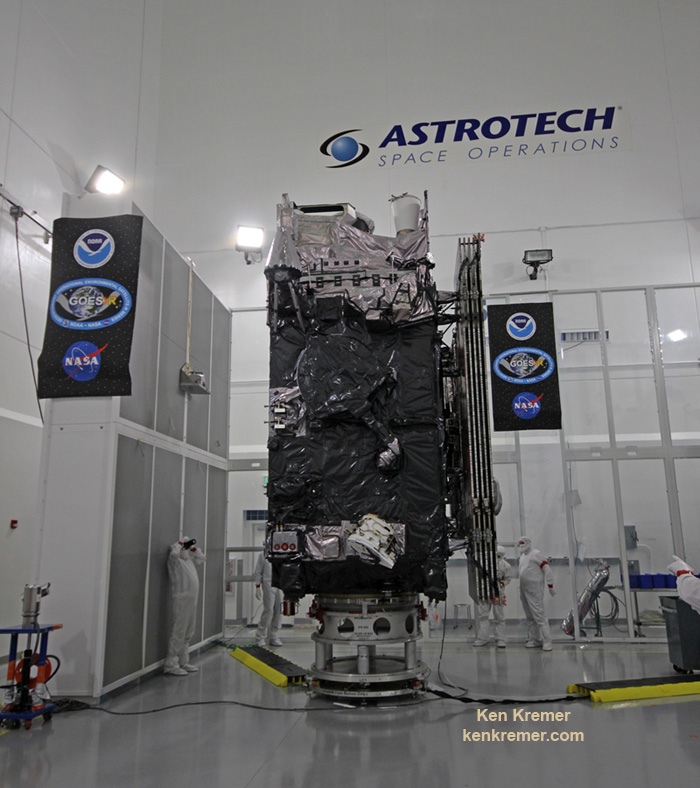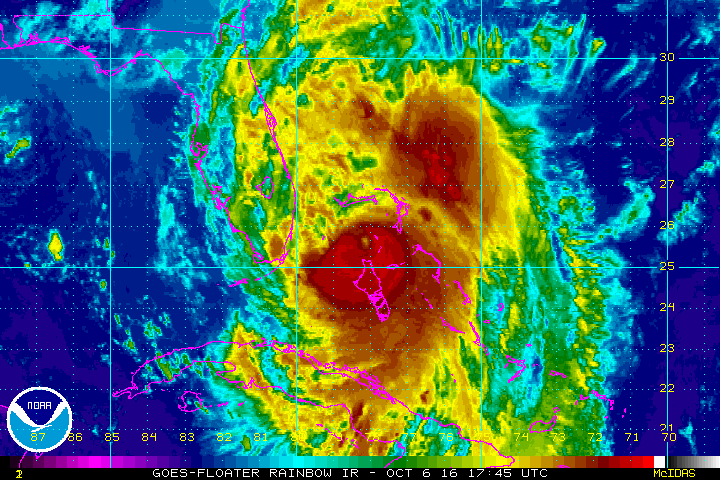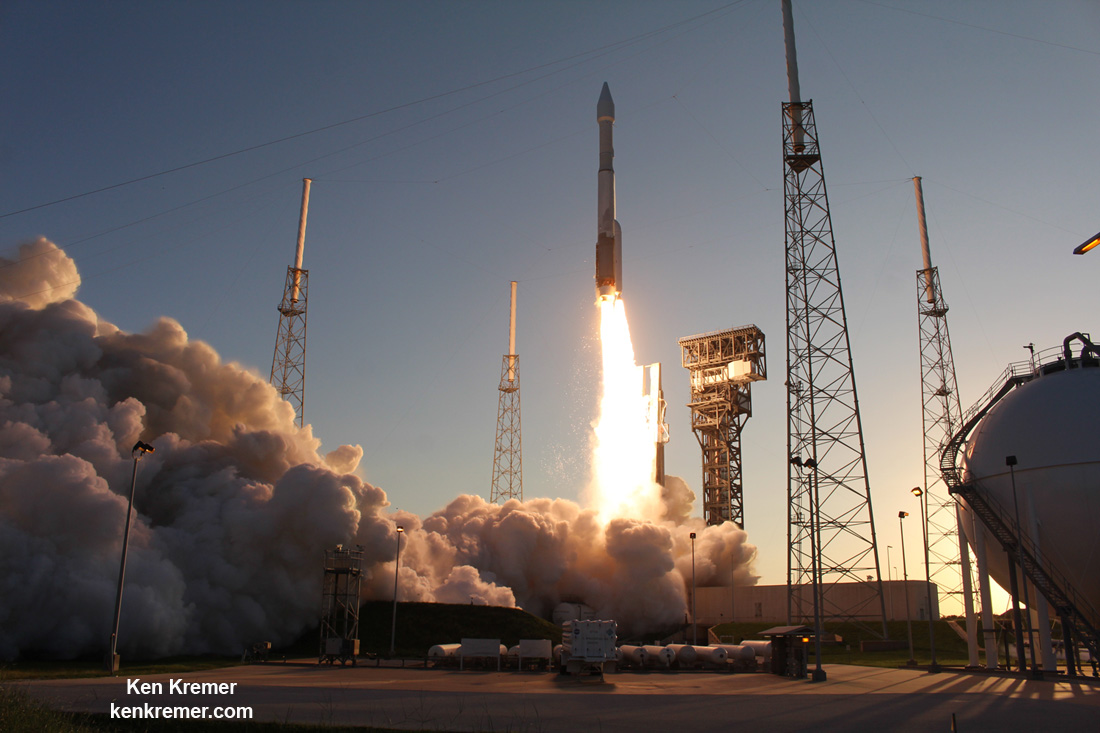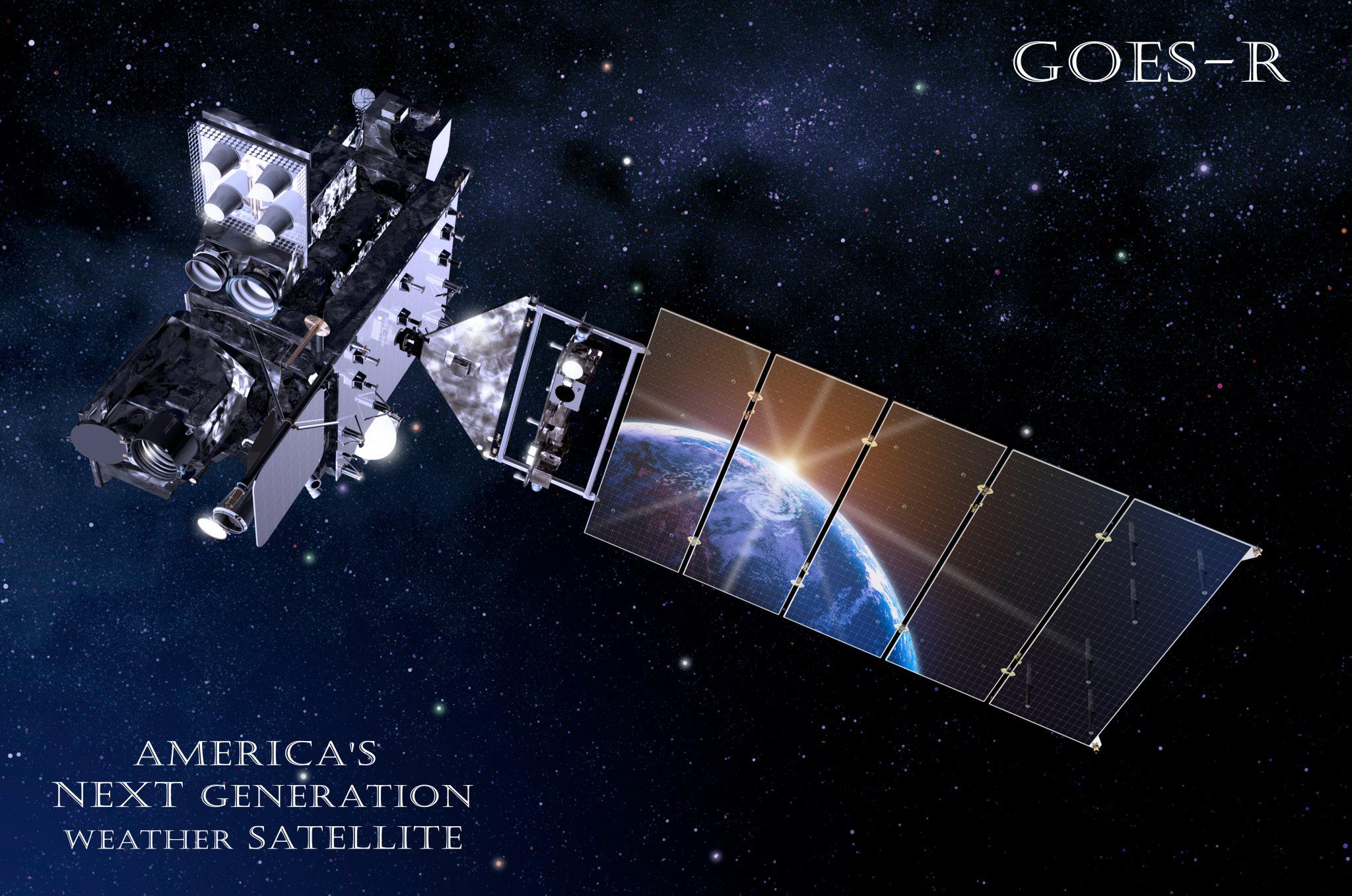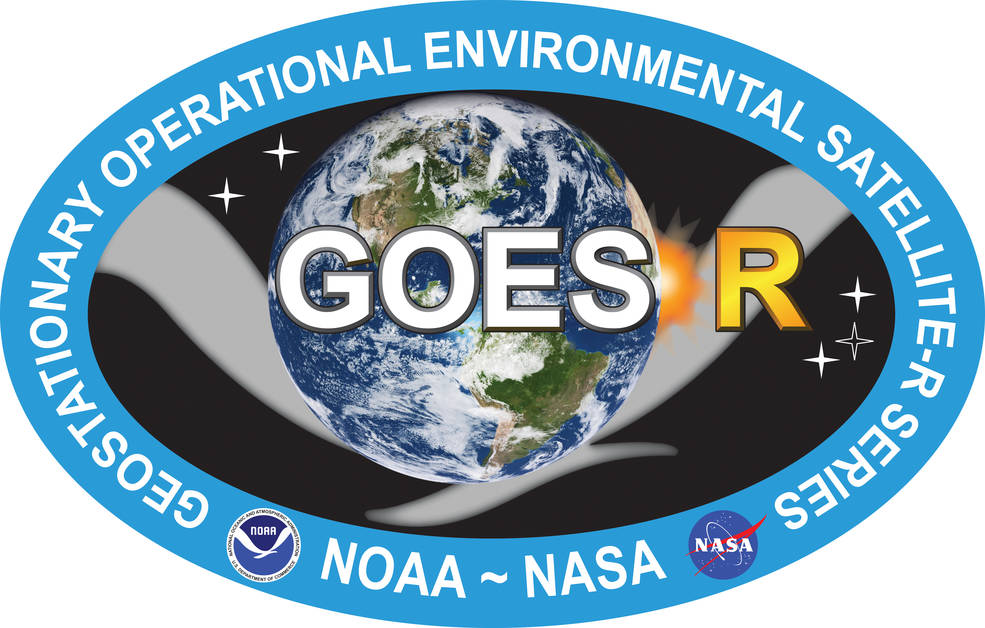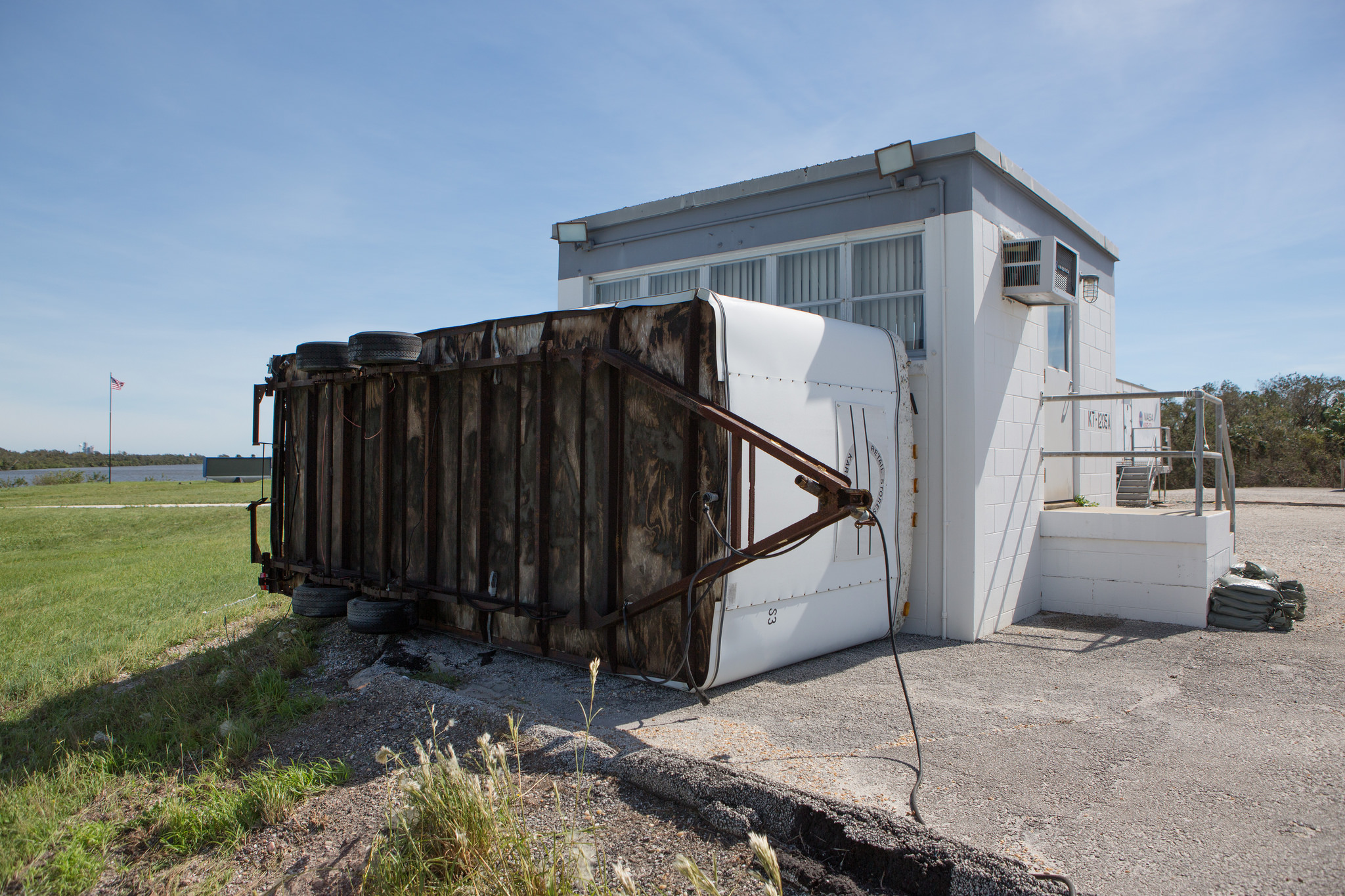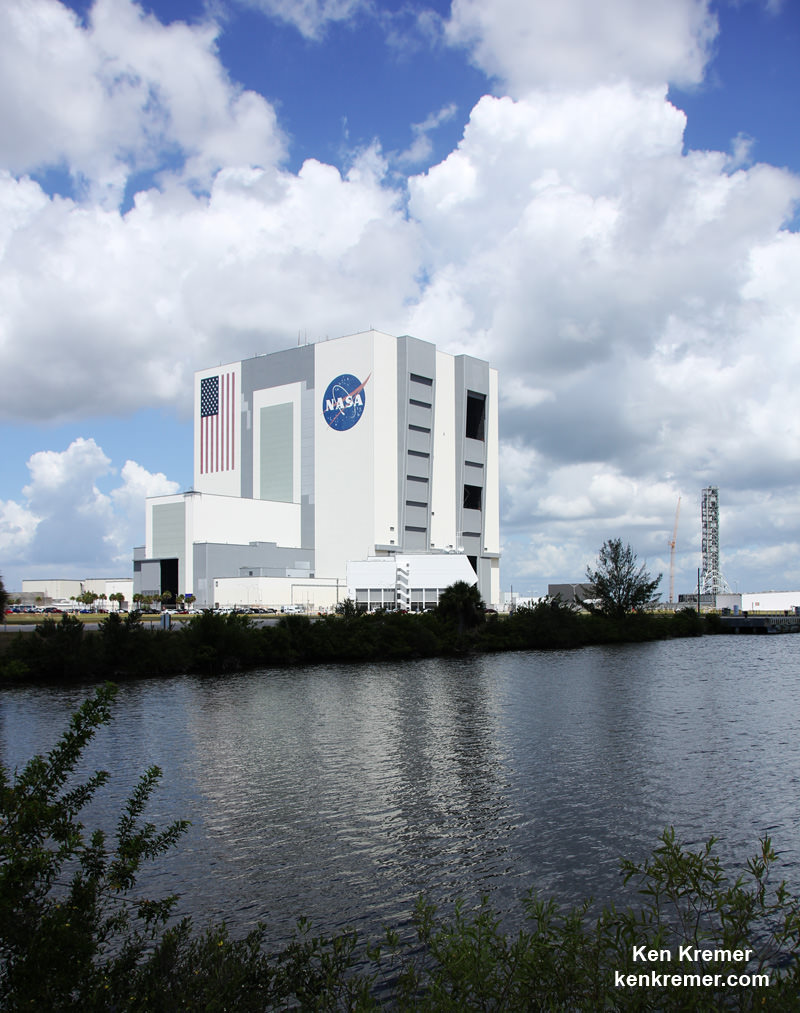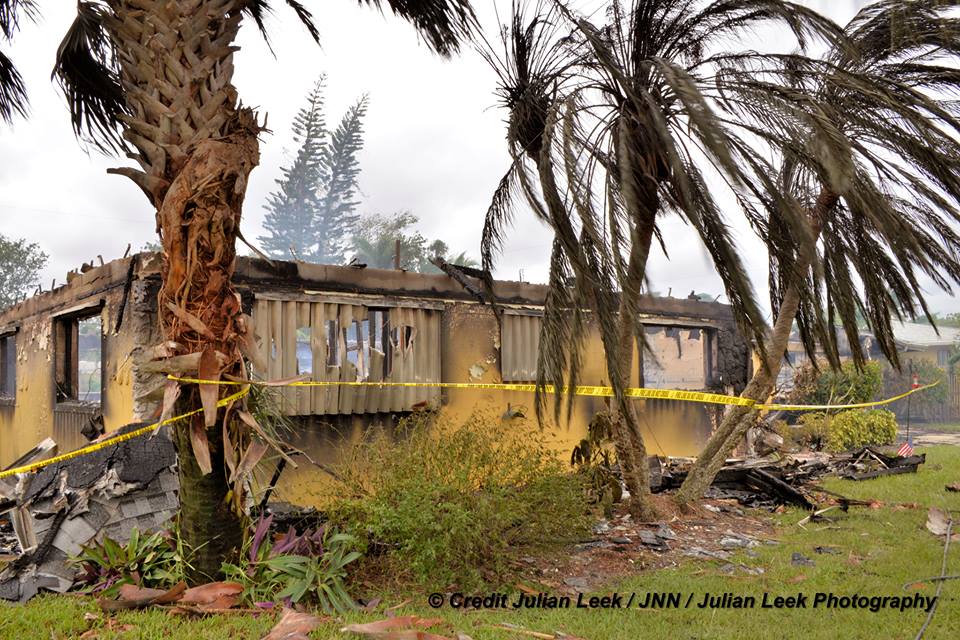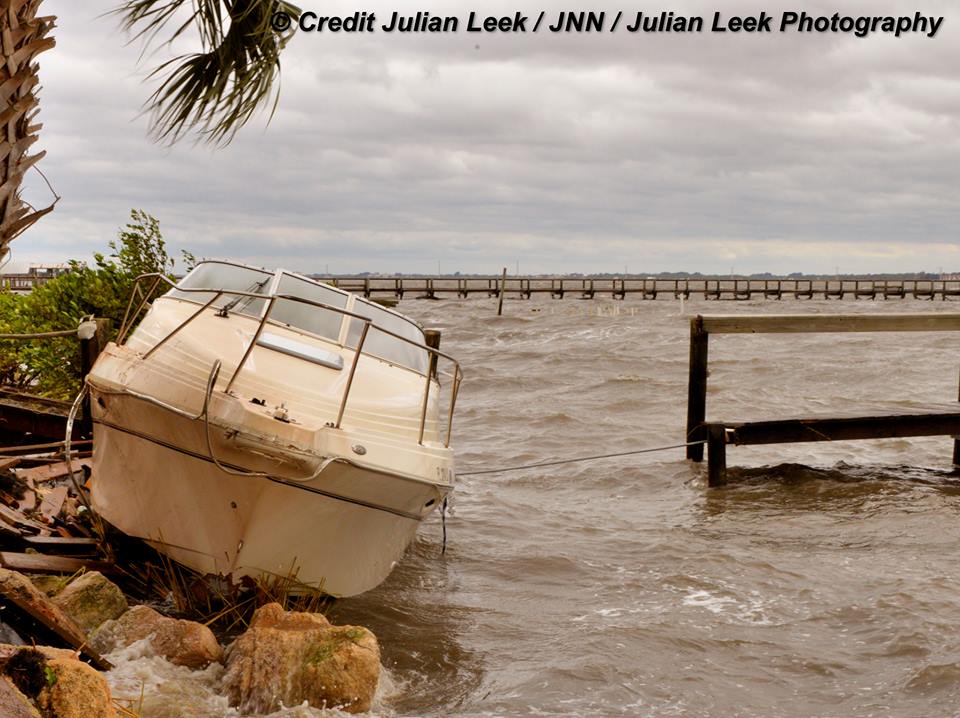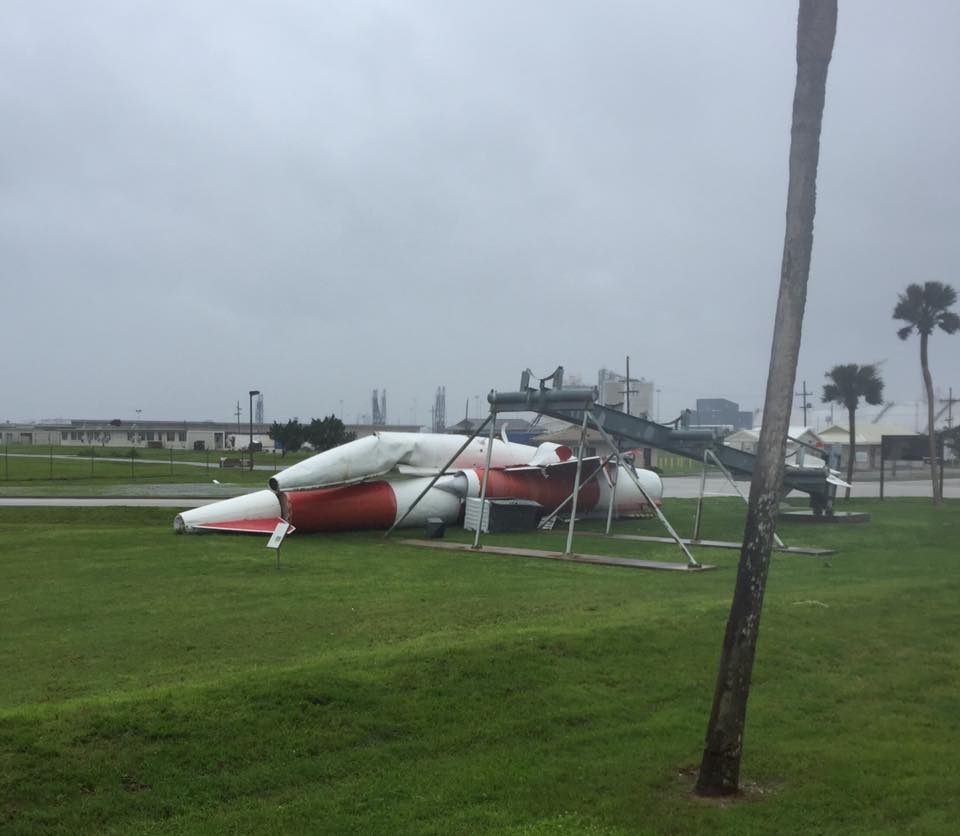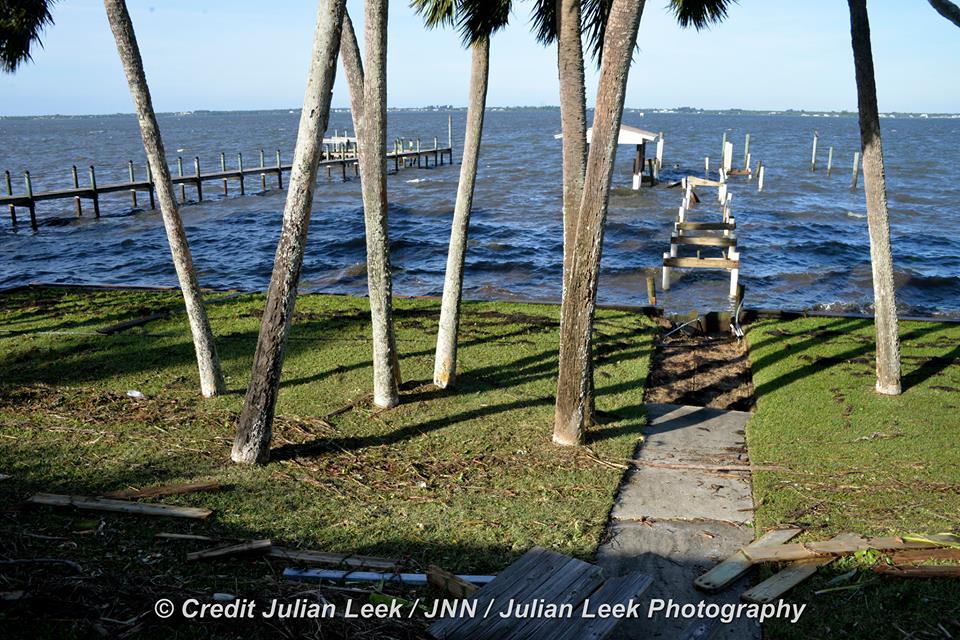
SpaceX is making significant progress in replicating the failure in the helium pressurization system that led to the catastrophic launch pad explosion of the firms Falcon 9 rocket during a routine fueling test at their Florida Space Coast launch complex on September 1.
The problem at the heart of the anomaly appears to be in the helium loading system. However the root cause of the explosion still remains elusive at this time.
“The Accident Investigation Team continues to make progress in examining the anomaly on September 1 that led to the loss of a Falcon 9 and its payload at Launch Complex 40 (LC-40), Cape Canaveral Air Force Station, Florida,” SpaceX announced in an Oct. 28 update.
The company had previously said in a statement issued on Sept. 23 that investigators had determined that a “large breach” in the cryogenic helium system of the second stage liquid oxygen tank likely triggered the catastrophic Falcon 9 launch pad explosion that suddenly destroyed the rocket and Israeli Amos-6 commercial payload during the routine fueling test almost two months ago.
“The root cause of the breach has not yet been confirmed, but attention has continued to narrow to one of the three composite overwrapped pressure vessels (COPVs) inside the LOX tank,” SpaceX explained in the new statement issued on Oct. 28.
“Through extensive testing in Texas, SpaceX has shown that it can re-create a COPV failure entirely through helium loading conditions.”
The helium loading is “mainly affected by the temperature and pressure of the helium being loaded.”
And SpaceX CEO and Founder Elon Musk had previously cited the explosion as “most difficult and complex failure” in the firms history.
“Turning out to be the most difficult and complex failure we have ever had in 14 years,” Musk tweeted on Friday, Sept. 9.

The helium loading procedures may well need to be modified, as an outcome of the accident investigation, to enable safe loading conditions.
SpaceX is conducting a joint investigation of the Sept. 1 anomaly with the FAA, NASA, the US Air Force and industry experts who have been “working methodically through an extensive fault tree to investigate all plausible causes.”
The explosion also caused extensive damage to launch pad 40 as well as to the rockets transporter erector, or strongback, that holds the rocket in place until minutes before liftoff, and ground support equipment (GSE) around the pad – as seen in my photos of the pad taken a week after the explosion during the OSIRIS-REx launch campaign.
Fortunately, many other pad areas and infrastructure survived intact or in good condition.
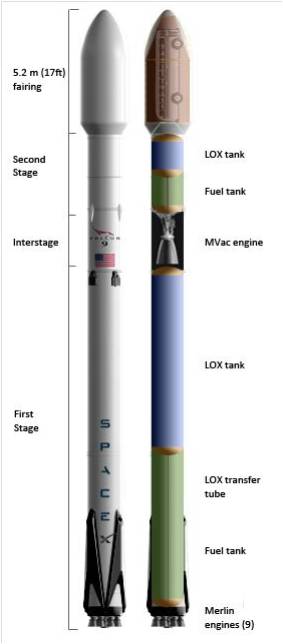
The company is conducting an extensive series of ground tests at the firms Texas test site to elucidate as much information as possible as a critical aid to investigators.
“We have conducted tests at our facility in McGregor, Texas, attempting to replicate as closely as possible the conditions that may have led to the mishap.”
The explosion took place without warning at SpaceX’s Space Launch Complex-40 launch facility at approximately 9:07 a.m. EDT on Sept. 1 on Cape Canaveral Air Force Station, Fl, during a routine fueling test and engine firing test as liquid oxygen and RP-1 propellants were being loaded into the 229-foot-tall (70-meter) Falcon 9. Launch of the AMOS-6 comsat was scheduled two days later.
Both the $60 million SpaceX rocket and the $200 million AMOS-6 Israeli commercial communications satellite payload were completely destroyed in a massive fireball that erupted suddenly during the planned pre-launch fueling and hot fire engine ignition test at pad 40 on Sept. 1. There were no injuries since the pad had been cleared.
The rocket disaster was coincidentally captured as it unfolded in stunning detail in a spectacular up close video recorded by my space journalist colleague Mike Wagner at USLaunchReport.
Watch this video:
Video Caption: SpaceX – Static Fire Anomaly – AMOS-6 – 09-01-2016. Credit: USLaunchReport
SpaceX continues to work on root cause and helium loading procedures.
“SpaceX’s efforts are now focused on two areas – finding the exact root cause, and developing improved helium loading conditions that allow SpaceX to reliably load Falcon 9.”
The company also still hopes to resume Falcon 9 launches before the end of 2016.
“Pending the results of the investigation, we continue to work towards returning to flight before the end of the year. Our launch sites at Kennedy Space Center, Florida, and Vandenberg Air Force Base, California, remain on track to be operational in this timeframe.”
At KSC launches will initially take place from pad 39A, the former shuttle pad that SpaceX has leased from NASA.
Pad 40 is out of action until extensive repairs and testing are completed.
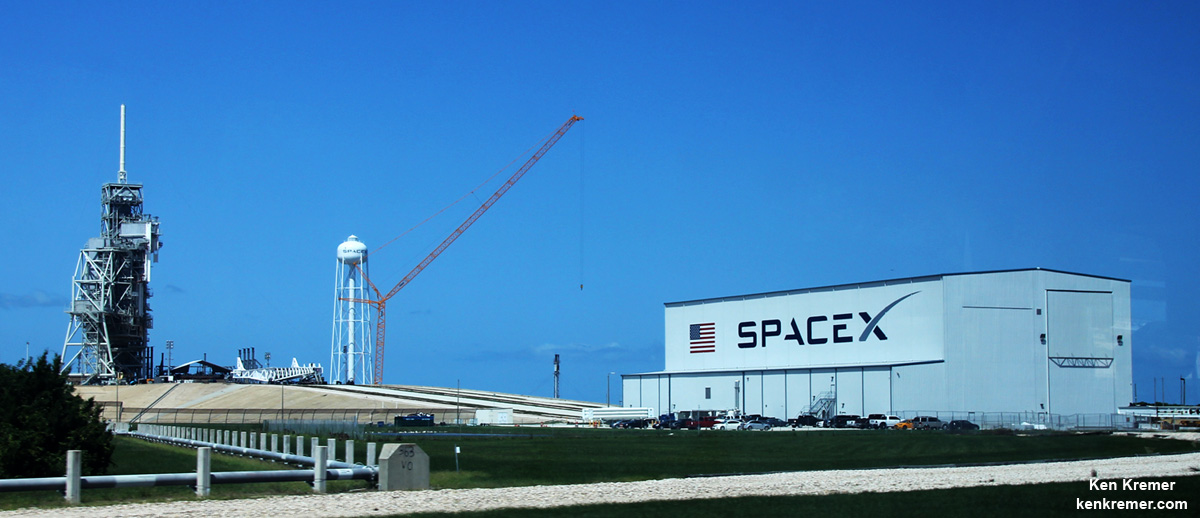
The Sept. 1 calamity was the second Falcon 9 failure within 15 months time and will call into question the rockets overall reliability.
The first Falcon 9 failure involved a catastrophic mid air explosion in the second stage about two and a half minutes after liftoff, during the Dragon CRS-9 cargo resupply launch for NASA to the International Space Station on June 28, 2015 – and witnessed by this author.
Although both incidents involved the second stage, SpaceX maintains that they are unrelated – even as they continue seeking to determine the root cause.
SpaceX must determine the root cause before Falcon 9 launches are allowed to resume. Effective fixes must be identified and effective remedies must be verified and implemented.
Stay tuned here for Ken’s continuing Earth and Planetary science and human spaceflight news.
